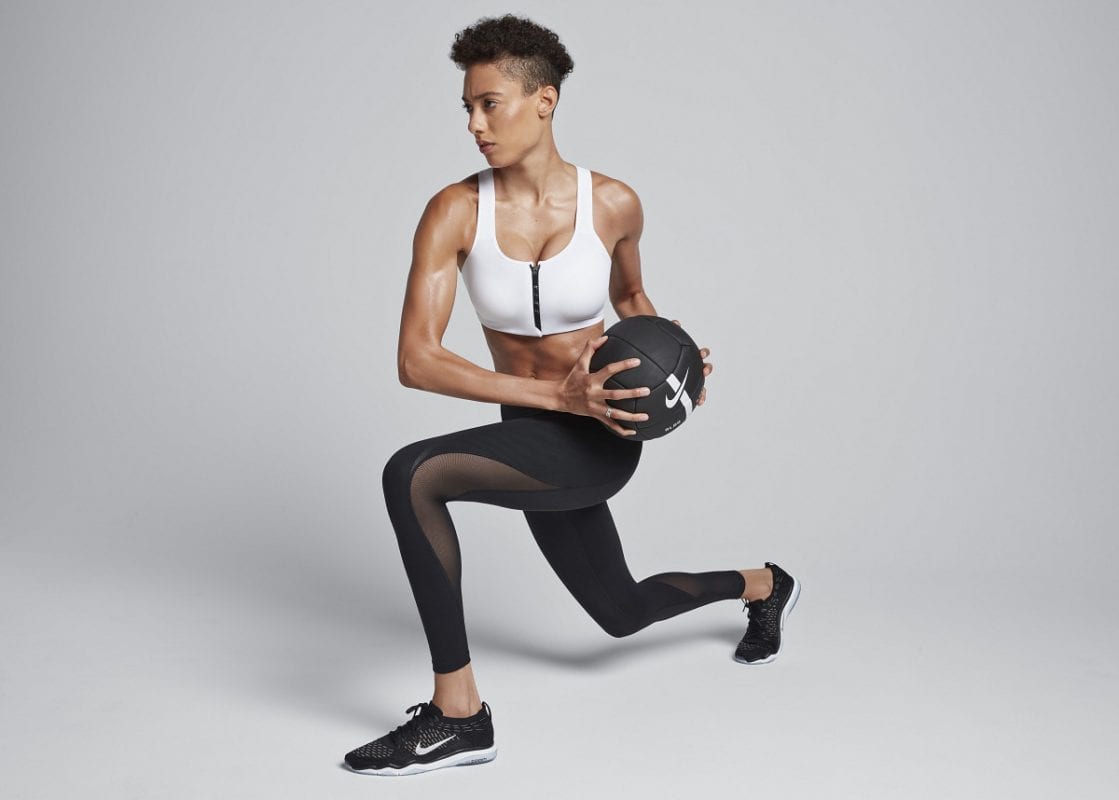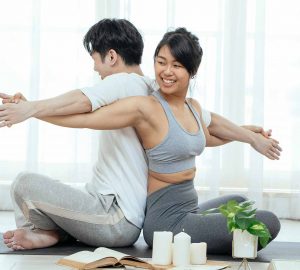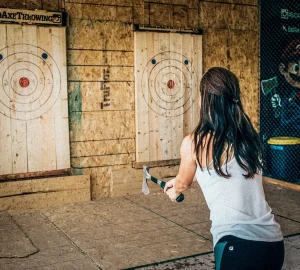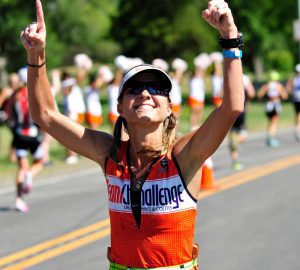Hey active ladies! Let’s talk about something that’s been buzzing around the fitness world – the runner’s boob struggle. You know what we’re talking about: the discomfort, the bouncing, the whole shebang. Say goodbye to the boob blues and hello to workouts that won’t have you adjusting every two seconds. Get ready for some real talk on finding the sports bra fit that’s got your back (and front)! Let’s kick that curse to the curb and make your fitness journey a whole lot comfier.
It’s a sad truth, but frankly, your boobs just get in the way when you’re running. They jig about embarrassingly, they feel heavy, and worst of all, they hurt.
Runner’s boob can appear as a dull ache, mild discomfort or even severe pain in the breasts. But what exactly is runner’s boob? What causes it, and how can women find the perfect sports bra that works for them and prevents runner’s boob? Read on to find out more.
What causes runner’s boob?
When we run, our breasts move with us. But rather than just jigging up and down, our breasts actually move in a figure of eight pattern (who knew?). This puts a huge strain on our boobs and can be super uncomfortable and even painful.
Research conducted by Portsmouth University in the UK found that your breasts can move up to 15 centimeters in a single run. And it doesn’t matter whether you go for a fast, intense run or enjoy a leisurely jog — no matter what your pace, your breasts will feel the impact.
How can I prevent runner’s boob?
The single best way to prevent runner’s boob is (you guessed it) by choosing a sports bra fit that works for you.
There are three different types of exercise, and each one requires a specific type of bra:
- Low-impact exercise — activities such as walking or yoga
- Medium-impact exercise — things like cycling or dancing
- High-impact exercises — more intensive exercises such as aerobics, mountain biking and running
Low-impact and medium-impact activities typically require low to medium-impact sports bras, characterized by a cupless design that compresses your breasts against your chest.
On the other hand, high-impact activities like running require a high-impact bra (makes sense). These are bras designed with a strong cup structure which compress and enclose your breasts. High-impact bras therefore provide maximum support during intensive exercise.
As a runner, it’s important that you find a high-impact bra that works for you and your boobs.
How to find a sports bra that fits
To find a sports bra that fits, you’re going to need to do some measuring.
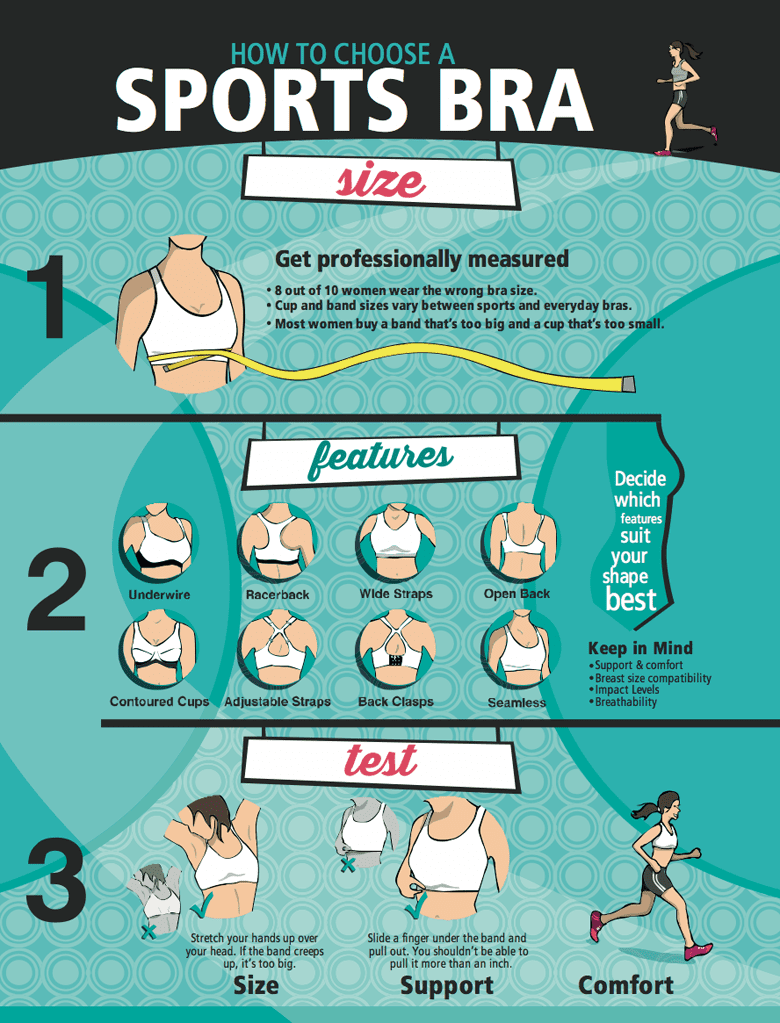
Firstly, take a tape measure and wrap it around your rib cage. It should sit snugly just underneath your breasts, and you should be able to comfortably fit two fingers beneath the tape measure.
Once you’ve got your rib cage measurement,
you can find your band size using the table below:
Rib cage measurement
Band size
25” – 27”
30
27″ –
29″
32
29″ –
31″
34
31″ –
33″
36
33″ –
35″
38
35″ –
37″
40
37″ –
39″
42
39″ –
41″
44
Now it’s time to measure your bust — the measurement around the fullest part of your breasts. Place the tape measure around your chest, again ensuring you can fit two finger underneath it.
To find your cup size, subtract your rib
cage measurement from that of your bust. In-between sizes? No problem — simply
round up to the next highest size.
Cup size difference
Your cup size
3
AA
4
A
5
B
6
C
7
D
8
DD
9
E
Once you’ve got your measurements, it’s time to choose a high-impact sports bra, such as Knix’s Catalyst.
The Catalyst has been rigorously tested for more than three years by dedicated academic researchers to create a high-impact sports bra fit for any breast size or type. It uses performance molded cups that compress and encapsulate the breasts, limiting movement during even the most intensive workout, keeping your boobs under control and leaving you in charge.
Knix have a slightly different measuring system to “normal” bras, but it’s easy enough to figure out your Knix bra size with their simple conversion chart (or find your perfect bra with their 10-step questionnaire).
What else can I do to prevent runner’s boob?
The best thing you can to to prevent any pain and discomfort during and after a workout is to wear a well-fitted high-impact sports bra. But there are other things you can do to help ease the post-exercise pain:
Cut down on caffeine and alcohol
Excessive consumption of caffeine and alcohol can contribute to post-workout breast pain. Try and reduce your alcohol or caffeine intake, both before and after an intensive session.
Avoid processed snacks
Many women report that eating processed snacks exacerbate post-workout breast pain. Ditch the prepackaged snacks and eat some fresh fruit or vegetables instead, as these provide vital nutrients that help your breasts to recover after an intensive workout.
Mix up your exercise regime
While keeping yourself in shape can ultimately prevent breast pain further down the line, it’s important that you mix up your exercise routine. This reduces the regular impact on your breasts, giving them a much-needed break from high-impact exercise.
By taking these preventative measures as well as wearing the right sports bra fit, you can reduce the effects of runner’s boob.
Runner’s boob is a serious condition that can have a lasting negative effect on your breasts, but by finding a high impact sports bra that fits you perfectly, you can lessen the physical impact on your breasts over time.
So throw away your old worn-out sports bra and take the time to measure yourself properly to find your actual bra size. This will help you find a sports bra fit perfect for you, keeping you out of the doctor’s office and back onto the running track.





